Cassava Production and Processing
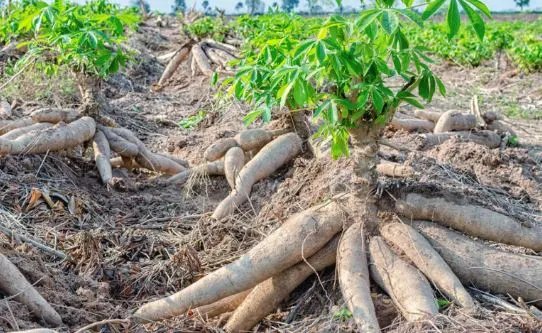
Overview
Cassava is a major staple food in West and Central Africa, and ranks amongst top five crops cultivated in Cameroon. Cassava’s excellent characteristics of being easy to grow, easy to cultivate, high yield, and harvestable in all seasons makes it unique.
Cassava is imperatively needed for human consumption, livestock feed and textile industries.
Since independence, the production of Cassava has tripled with an average production of 2,109,040 MT per year. Cassava sector embeds many business opportunities, most of which remains largely unexploited.
While regular cassava varieties produce between 9-10 tons per hectare, improved varieties can yield as much as 20-35 tons per hectare.
Cassava Processing
Cassava Flour

Cassava flour is rich in carbohydrate, gluten-free flour made from 100% cassava. Cassava flour is a highly versatile ingredient with numerous uses in the food industry, including baking, and making gluten-free pasta and pizza. Manufacturers also sometimes use it as a thickener for ice cream, sauces, and dressings. Its low moisture content gives cassava flour a long shelf life as long as it’s stored away from moisture.
With the effects of the War in Ukraine and the Cameroon’s implementation of her import substitution policy, bakers across the country are substituting wheat flour for cassava flour. The demand for cassava flour as substitute for wheat flour has been on a steady rise, with annual demand exceeding 60,000tons with production capacity below 1000 tons.
Cassava Starch
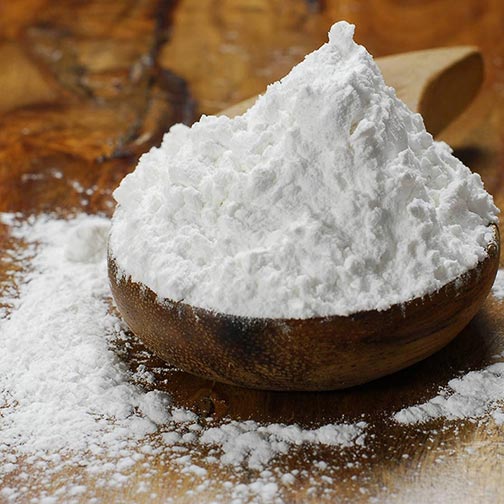
The use of cassava starch cuts across several industries including: The textile, paper-making, pharmaceutic and cosmetics industries.
- Textile: In the textile industry, cassava starch is often used as a sizing agent to harden and protect yarns to improve textile efficiency, it is used as a finishing agent to produce fabrics that feel smooth. It is also used as a color enhancer to obtain a clear, wear-resistant printed fabric. For textile applications, lightly boiled starch is more effective.
- Papermaking: Cassava starch is used in the paper industry to improve paper quality, productivity, and pulp utilization. With growing demand by Chinese papermaking companies, Cationic starch is used to flocculate pulp and improve wet dewatering efficiency, which results in higher machine speeds and higher pulp utilization. The starch retained on the finished paper can be used as an internal sizing agent to increase the strength of the paper. Low viscosity starch, such as oxidized starch, can be used as a surface sizing agent to increase paper strength and improve ink absorption during printing and writing. Modified starch is also used as an adhesive in pigment coating to produce smooth, white, premium paper
- The Pharmaceutical and Cosmetic industries have seen a significant increase in demand in recent years.
In Africa, the price of cassava starch is $300-400/ton, in China the price is $3500-4000/ton, and in Southeast Asia the price of cassava starch is $4200/ton.
Animal Feed from Cassava Peels
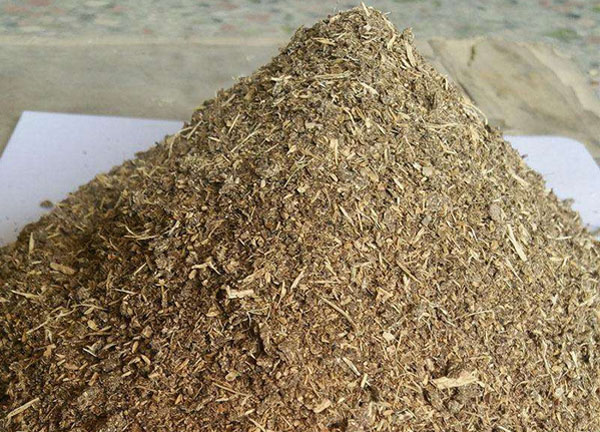
Cassava peel mash serves as a good replacement for maize in diets of livestock.
- Broilers: In broiler diets, specifically, this mash could replace 20%, or 1.5 million tonnes of maize going into manufacturing feed.
- Layers: For layers, it was determined that the cassava mash replaced 35% of the birds’ feed ration and resulted in a 10-15% reduction in the cost of feed for local farmers.
- Pigs: Cassava mash can replace up to 75% of maize in the diet of growing pigs with about 4% reduction in cost per kg weight gain without any adverse effect on the growth performance.
N.B.:
Cassava can also be used in the production of Ethanol.
Download our guide for Cassava Production here

20 tons Daily Cassava Processing Plant Inaugurated in Ngulemakong (South Region)
20 tons Daily Cassava Processing Plant Inaugurated in Ngulemakong (South Region). In-line with Cameroons the implementation of Cameroon's import-substitution policy,
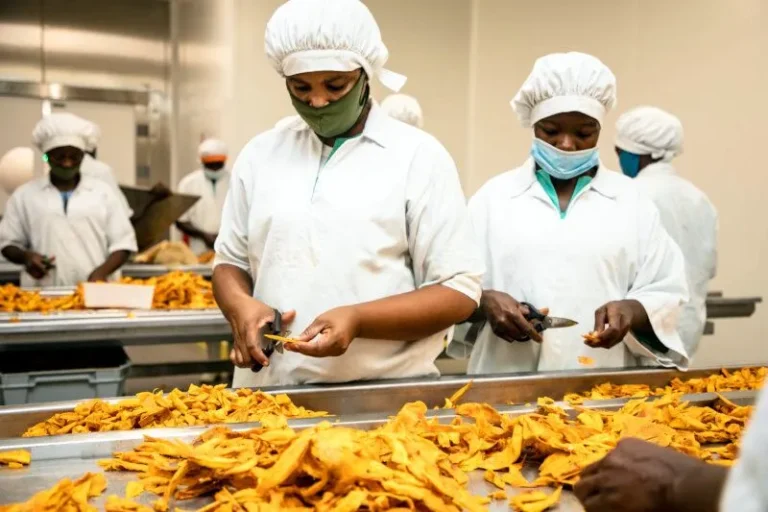
Agro Processing in Cameroon
Agro-Processing in Cameroon Cameroon’s agriculture sector has an enormous potential due to the rich nature of her soils, favorable for
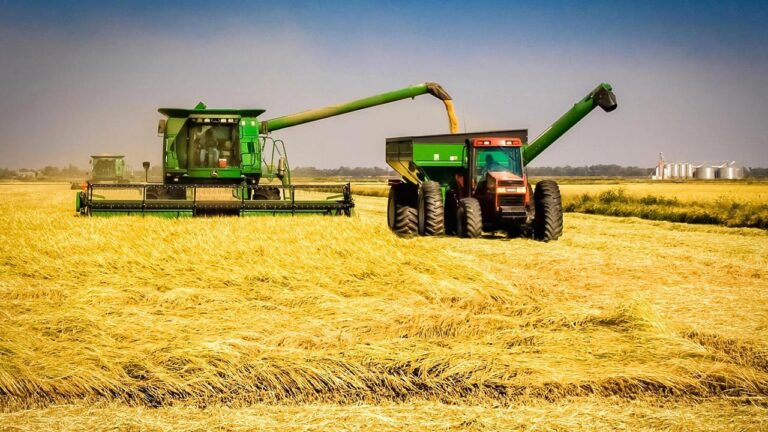
Rice Cultivation: A $300M annual market to explore.
Discover the Cameroon Rice Sector: A $300M annual market to explore Rice is amongst the most demanded staple food in
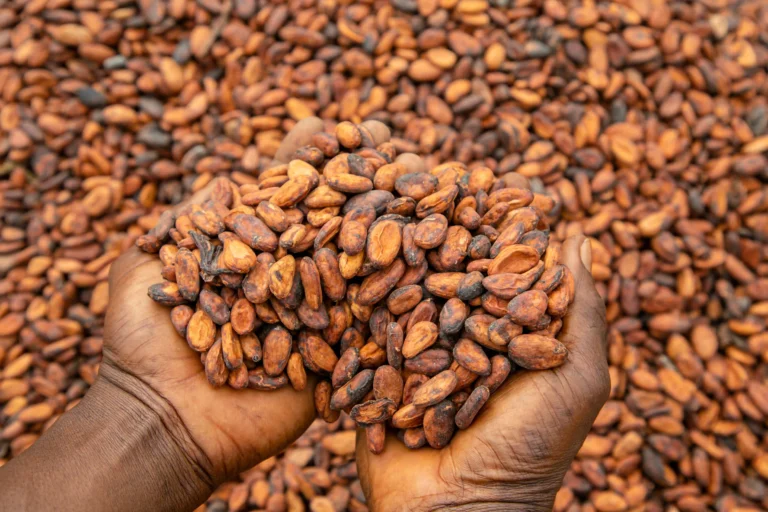
Price Hikes for Cameroon Cocoa and Incentive for Producers
Price Hikes for Cameroon Cocoa and Incentive for Producers Cameroon Cocoa beans prices has seen significant increase over the years,
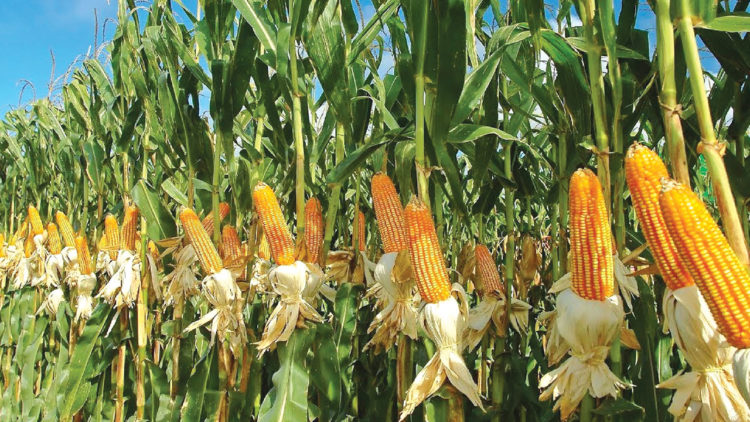
Maize Cultivation: A Highly Profitable Short-term Investment with Low Risk
Maize Cultivation: A Highly Profitable Short-term Investment with Low Risk. Despite Cameroon’s natural potential to grow maize in all the
